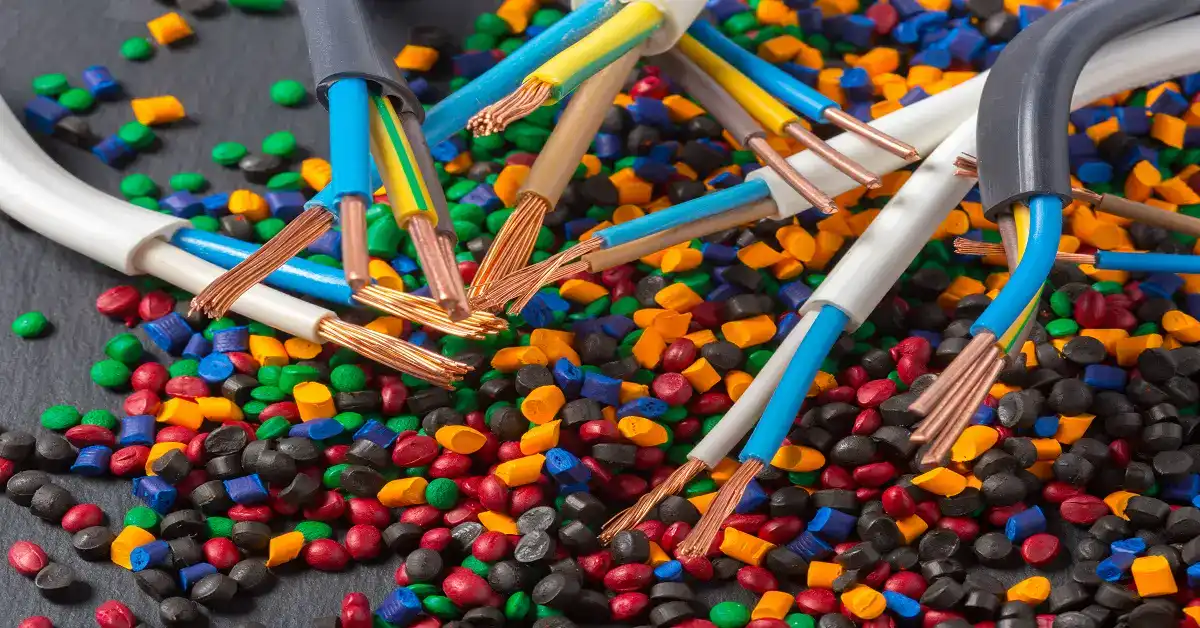Safe and Secure: How Technology is Transforming the Safety of Medical Devices
Medical devices are an essential part of modern healthcare, from lifesaving pacemakers to advanced imaging machines. But as these devices become increasingly connected through technology, ensuring their safety and security has become more critical than ever. Cyber threats, design flaws, and operational risks can compromise patient safety and jeopardize the trust placed in healthcare systems.
Current Challenges in Medical Device Safety and Security
The growing reliance on technology in healthcare brings with it a unique set of challenges for medical devices. These include:
1. Cybersecurity Threats
The shift toward connected healthcare devices has opened the door to potential cyberattacks. Devices such as insulin pumps, pacemakers, and infusion pumps can be targeted by hackers, potentially leading to critical data breaches or even life-threatening scenarios for patients.
2. Complex Supply Chains
Medical devices are often built using components sourced from multiple suppliers across the globe. Issues such as the use of counterfeit or subpar components can compromise the safety of a device. Ensuring every component meets safety standards can be challenging, but it is essential for device integrity.
3. Device Interoperability Issues
Modern healthcare systems rely on seamless communication between devices, from monitors to electronic health records (EHRs). However, the lack of standardized communication protocols can result in interoperability issues, increasing the risk of miscommunication and errors.
4. Maintenance and Software Updates
Medical devices require regular maintenance and firmware updates to function properly. However, delayed or incomplete updates can leave devices vulnerable to functional or cybersecurity issues. This challenge is particularly prevalent in legacy devices that were not originally designed for continuous updates or software patches.
How Technology Is Transforming Device Safety
Technological innovations have emerged as indispensable tools in addressing these safety challenges. Here are some of the key advancements making medical devices more secure and reliable:
1. Artificial Intelligence (AI) Monitoring for Errors and Risks
AI-powered monitoring systems are revolutionizing how medical devices operate. These systems can analyze real-time data to detect malfunctions, anomalies, or operational risks before they become critical. For example:
- AI algorithms can monitor pacemakers to identify irregularities in their operation and alert healthcare providers.
- Imaging devices equipped with AI software can detect abnormalities with enhanced precision, reducing reliance on operator skills and minimizing human error.
2. Blockchain for Secure Data Sharing
Blockchain technology offers an encrypted, tamper-proof system that enhances data security for connected medical devices. By creating decentralized records, blockchain can ensure that health data from devices is shared securely, protecting sensitive patient information from cyber breaches.
3. Internet of Things (IoT) Device Authentication
Many medical devices today are part of the Internet of Things, enabling them to communicate wirelessly with other systems. IoT-enabled authentication mechanisms ensure that only trusted devices can access and exchange data, reducing the risk of unauthorized intrusions.
4. Advanced Materials and Engineering
Materials science has led to the development of advanced medical electrical connectors and other components designed to meet strict safety and durability requirements. These components help minimize risks associated with physical wear, improving device longevity and reliability.
5. Cloud-Based Remote Monitoring
Cloud computing technologies allow healthcare providers to remotely monitor connected devices, ensuring better oversight and quicker response times during emergencies. For instance:
- An insulin pump can alert providers to abnormal blood glucose levels, enabling quick interventions.
- Wearables can provide continuous monitoring of heart activity remotely, reducing hospital visits and improving convenience for patients.
Regulatory Landscape and Its Role in Safety
While technology plays a vital role in improving device safety, regulatory frameworks remain the backbone of ensuring that medical devices meet safety standards.
Key Regulatory Bodies
- FDA (United States): The FDA oversees the premarket approval of medical devices and ensures compliance with safety regulations. This includes assessing cybersecurity measures for connected devices.
- CE Mark (Europe): European device manufacturers must comply with CE marking guidelines, which include stringent safety and performance testing.
- ISO Standards: The International Organization for Standardization (ISO) provides universal guidelines for device safety, such as ISO 13485 for quality management systems in medical devices.
Cybersecurity Guidance
Regulatory bodies increasingly recognize the importance of cybersecurity in medical devices. For instance, the US FDA has released cybersecurity guidelines that outline steps manufacturers should take, such as conducting risk assessments and providing regular software patches.
Post-Market Surveillance
Regulators require device manufacturers to engage in post-market surveillance to identify and address potential safety issues in deployed devices, ensuring ongoing protection for patients.
Future Trends in Medical Device Safety
The future of medical device safety is incredibly promising, with innovations that aim to make healthcare both safer and more efficient. Some of the most exciting trends include:
1. Predictive Maintenance with AI
Predictive maintenance uses machine learning to analyze device usage patterns and predict failures before they happen. This reduces downtime and ensures devices are always in optimal working condition.
- 5G Connectivity
The rollout of 5G networks is set to enhance device communication, enabling faster data transfer and improving the responsiveness of connected devices. For example, 5G-enabled wearables will provide more accurate real-time monitoring for critical conditions.
3. Enhanced Augmented Reality (AR) for Maintenance
AR technology is being integrated into device maintenance workflows. Technicians can use AR devices to view detailed schematics and step-by-step repair instructions, reducing errors during repairs and ensuring devices remain functional and safe.
4. Quantum Encryption for Cybersecurity
Quantum encryption offers an unbreakable level of data security for connected devices. While still in development, quantum encryption could become standard practice in safeguarding medical devices against increasingly sophisticated cyber threats.
5. Patient-Centric Innovations
Technology is shifting the focus of device design to prioritize patient experience. Simplified interfaces, wearable devices, and user-friendly controls ensure that medical devices are more accessible and comfortable for patients.
Conclusion
Technology is transforming medical device safety and security with innovative solutions to new challenges. From AI monitoring to stricter regulations, these advancements are creating a safer healthcare ecosystem. Collaboration between manufacturers, providers, and regulators is key to ensuring devices work securely. With trends like predictive maintenance, 5G devices, and quantum encryption, the future of medical device safety looks bright.













